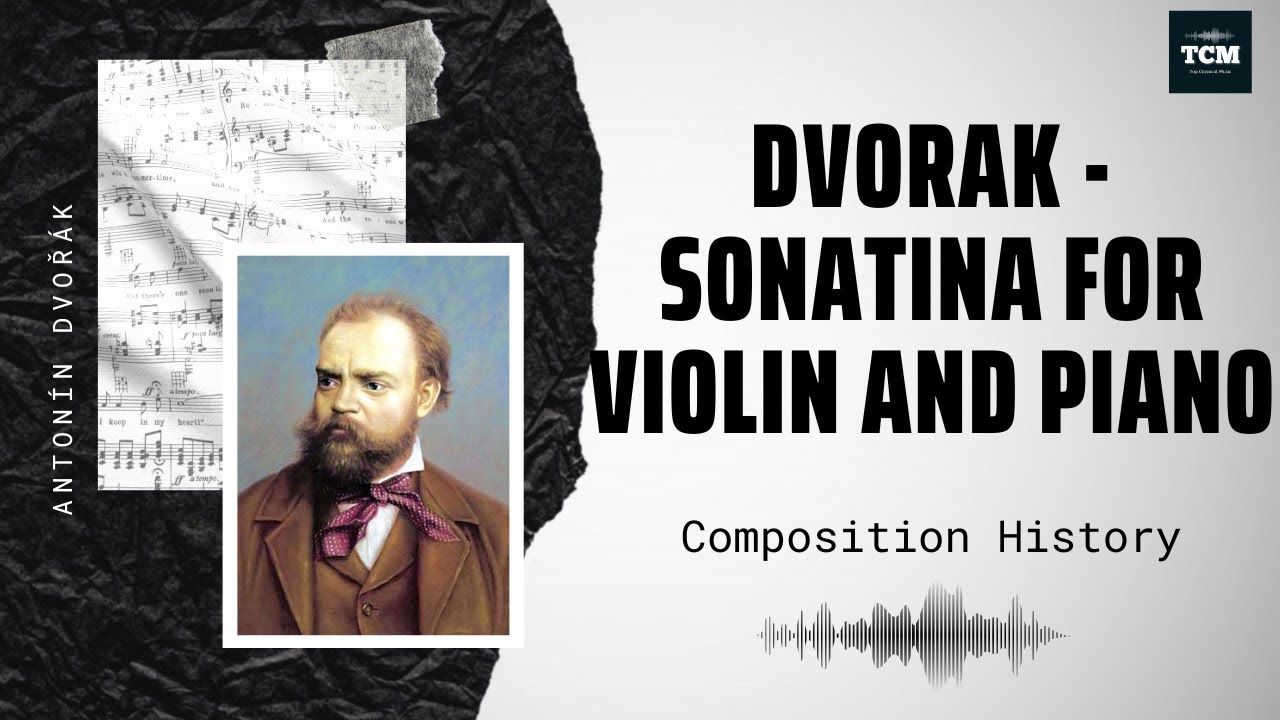
Dvorak – Sonatina for Violin and Piano Op. 100 – Music | History
The sonatina op. 100, written during Dvorák’s stay in the USA in 1893, is dedicated to his six children. On January 2, 1894, the composer[…]

The sonatina op. 100, written during Dvorák’s stay in the USA in 1893, is dedicated to his six children. On January 2, 1894, the composer[…]